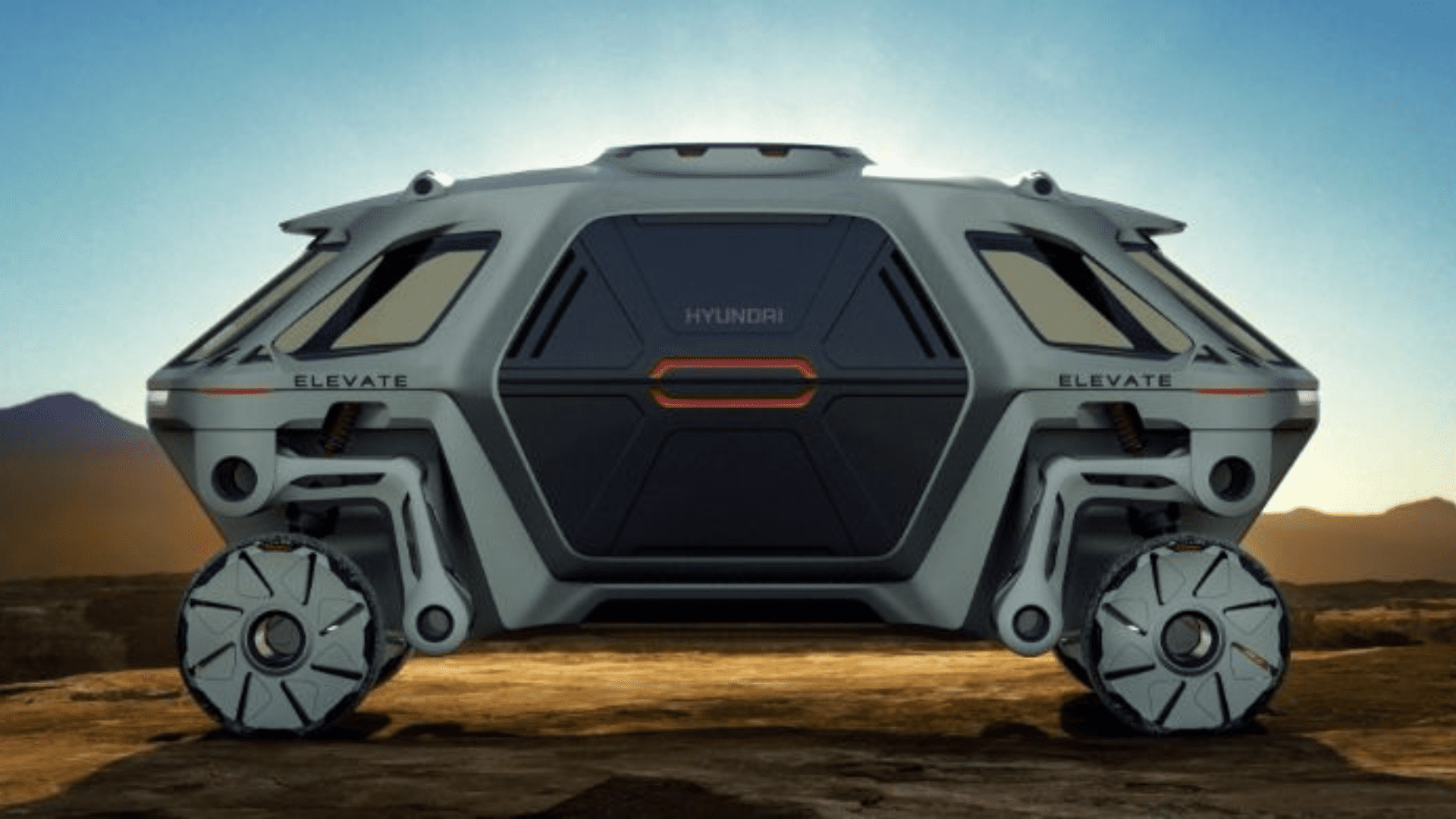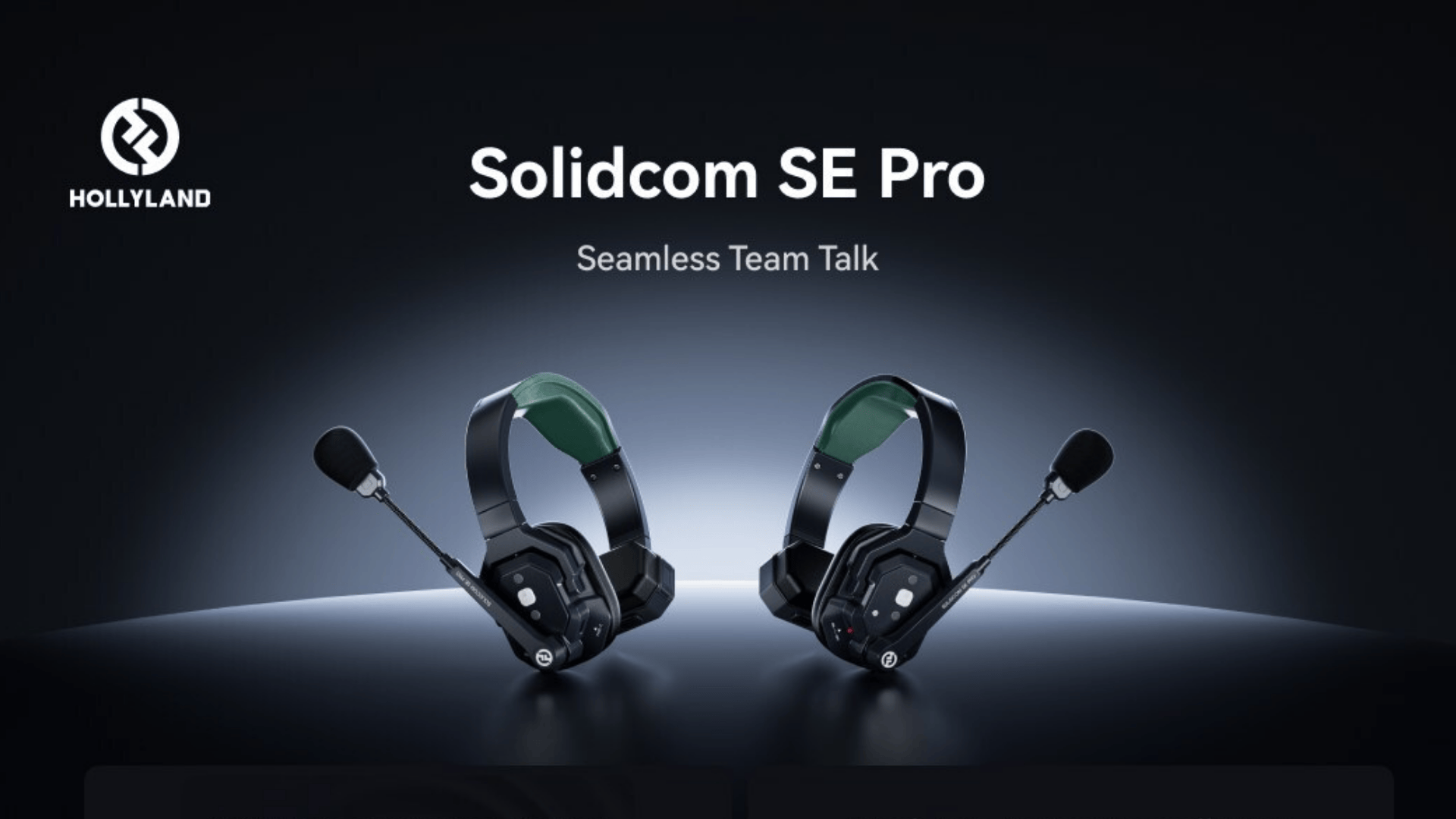After GM had previously become the first automaker to offer hands-free driving with its Super Cruise advanced driver assistance system, the company is now looking to create a hands-off, eyes-off driving system.

These hands-off, eyes-off systems (Level 3 or L3 in the industry) are unlike self-driving cars. These vehicles only operate on highways at reduced speeds, and a driver is still required to take control of them if needed.
Despite the constraints, this would still place GM further than most automakers today, which only offer what is known as Level 2 systems or ones that automate some of the driving but still require the driver to pay attention.
For example, Tesla’s Autopilot and FSD software, GM’s Super Cruise, and Ford’s Blue Cruise systems are still considered Level 2 systems. Currently, only Mercedes-Benz offers a limited hands-off, eyes-off system called Drive Pilot in the United States.
“Super Cruise, I think, is an industry-leading L2 solution for hands off, eyes on,” Dave Richardson, Senior Vice President of Software and Services Engineering at GM, told TechCrunch in a wide-ranging interview. “We’re looking aggressively to make that an L3 solution, where you don’t even have to look at the road anymore.”
Super Cruise combines high-precision GPS, lidar map data, cameras, and radar sensors. It also utilizes a driver-attention system, which monitors the person behind the wheel to ensure they’re watching the road. The system can steer to keep its lane position, maintain a selected following distance from the vehicle ahead, and make automatic lane changes to pass slower cars.
Though the system was only available on the Cadillac CT6 for three years, GM has stated that Super Cruise will be available on about 750,000 miles of roads in the United States and Canada by the end of 2025.
“When we have L3, I do think that’s meaningful … I think that’s a game changer,” Richardson said.







